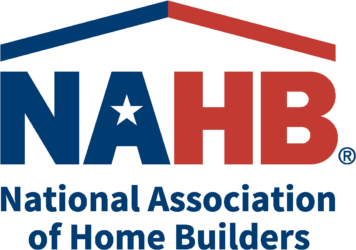
Modest Improvements in Demand, Lending Conditions for Real Estate Loans During Q4 2023
According to the Federal Reserve Board’s January 2024 Senior Loan Officer Opinion Survey (SLOOS), lending standards loosened for all commercial real estate (CRE) loan categories and residential real estate (RRE) categories in the fourth quarter of 2023. Demand for RRE and CRE loans improved across all categories…
